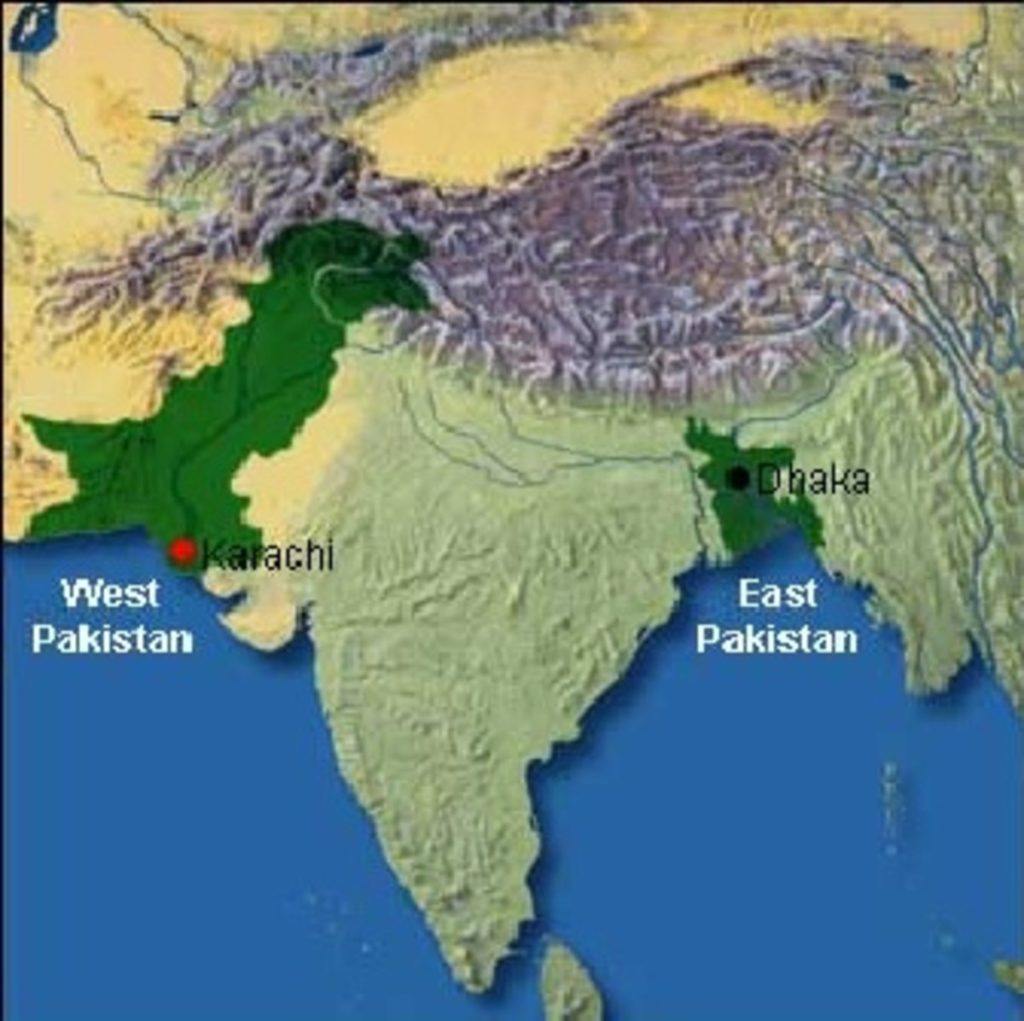This post tells the story of the 1971 Bangladesh Genocide.
Our readers at the End of History are among the smartest in the world, and given the opportunity, I bet they could find Pakistan and India on a world map. But only the most astute followers of history and current events know that prior to 1971, Pakistan existed in two parts. West Pakistan included the land we are familiar with as Pakistan today. And the nation we know today as Bangladesh was East Pakistan until 1971.
This piece of historical trivia, unknown to so many, betrays the sad reality that most are also unfamiliar with the horrible genocide that unfolded in 1971. An estimate of deaths during this tragedy from which Bangladesh was birthed range from 500,000 to 3 million. In truth, we may never know how many died in the forgotten genocide of 1971. Like many other genocides, the debates of politics and history get mixed up with the facts and time moves by forgetting the victims of genocide left behind.
Background of the 1971 East Pakistan War
The collapse of the European colonial system throughout the world following World War II presented many disastrous and unintended consequences. In the Asian subcontinent, Gandhi’s dream of a united India instead became two nations. Pakistan was to be the land of the Muslims, and India was to be the home of the Hindus. The great partition that separated these two nations included enormous violence that we could easily include in our list of stories on genocide and mass murder since 1900. At least 1 million Indians and Pakistanis were killed in the Great Partition of 1947, and another 15 million displaced.
Even after that violence, the borders established for India and Pakistan offered little hope for peace. The separation of the two pieces of Pakistan (east and west) with one thousand miles of Indian territory in the middle appeared doomed for problems from the beginning. Although East Pakistan held a much larger population and contributed more to Pakistan’s national economy, the cultural center for Pakistan was in the west.
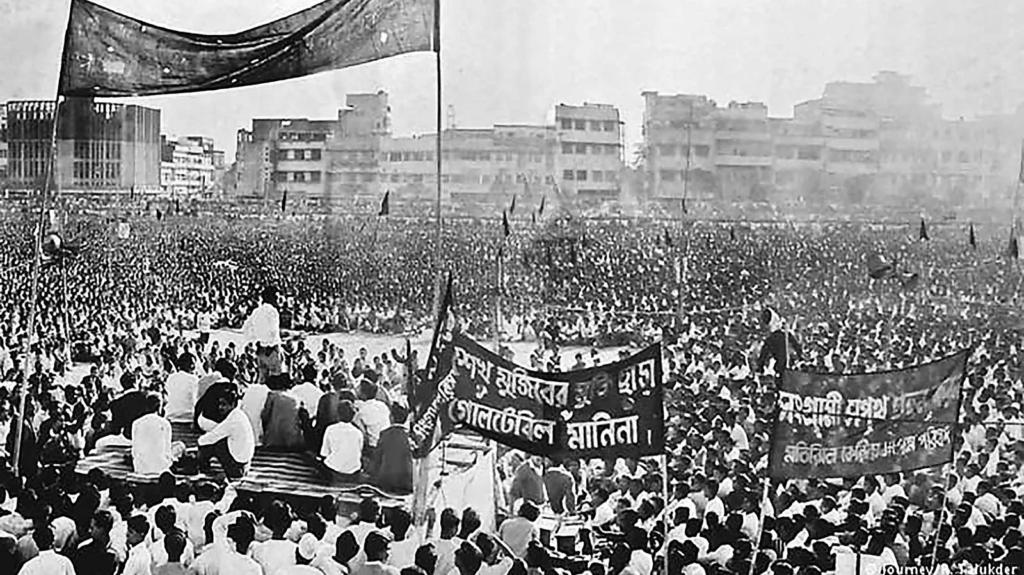
Most of Pakistan’s wealthy and ruling class migrated to West Pakistan during the Great Partition. Between 1947 and 1971, East Pakistan received only 25% of Pakistan’s industrial investment and 30% of its imports while producing 59% of Pakistan’s exports. Bengali, the language spoken by those living in the east, was not accepted as a state language, while Urdu, spoken by only 10% of people in East Pakistan, but the language of West Pakistan became the official language of Pakistan. The Muslims of West Pakistan considered the Muslims of East Pakistan, the Bengals, as impure in their commitment to their shared faith. In a matter of two decades, East Pakistan and its people became viewed as culturally inferior to their countrymen in West Pakistan.
Rising Tensions
During the 1965 India-Pakistan War, Pakistan’s military assigned no troops to defend East Pakistan, offering clear signals of the lack of priority Pakistan’s government placed in the eastern segment of the nation.
In 1970 Cyclone Bhola devastated East Pakistan, but the government and leaders of West Pakistan appeared slow and disinterested in any sort of humanitarian aid to their countrymen.
Also, in 1970 the leading political party of East Pakistan (The Awami League) won the national elections, but the leading political party of West Pakistan (Pakistan People’s Party) refused to hand over power.
The rising tension eventually gave way to outbreaks of violence in East Pakistan when locals struck out against Urdu-speaking West Pakistanis who had moved to East Pakistan. That violence presented the justification which West Pakistan leveraged to invade the East in the spring of 1971.
West Pakistan’s invasion of East Pakistan was the beginning of the 1971 East Pakistan War.
The Bangladesh Genocide 1971
On March 7, 1971, 60,000 to 80,000 West Pakistani troops who had infiltrated East Pakistan’s borders for several months began attacking and murdering East Pakistani civilians. The original intent of the Pakistani military was the murder and eradication of Hindus in East Pakistan. That objective was quickly absorbed into a wider no-holds-barred destruction of East Pakistani civilians and culture.
“Kill three million of them and the rest will eat out of hands.” Pakistani General Yahya Khan
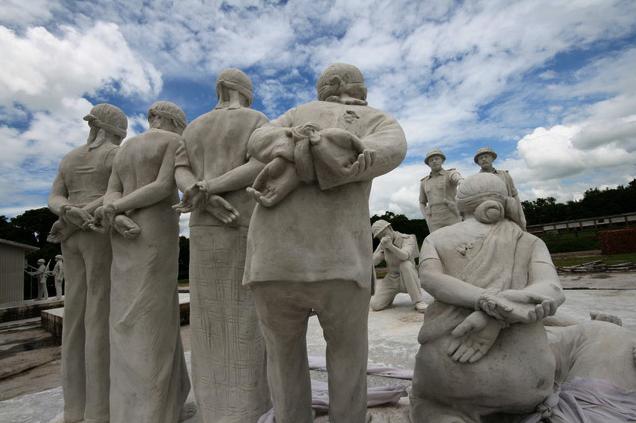
Like other genocides, intellectuals became primary targets. Teachers and university students were killed early in the fighting. Professors, journalists, writers, and doctors were priority targets for the Pakistani military until the end of the war. Historians documented the execution of 991 East Pakistan teachers during the fighting.
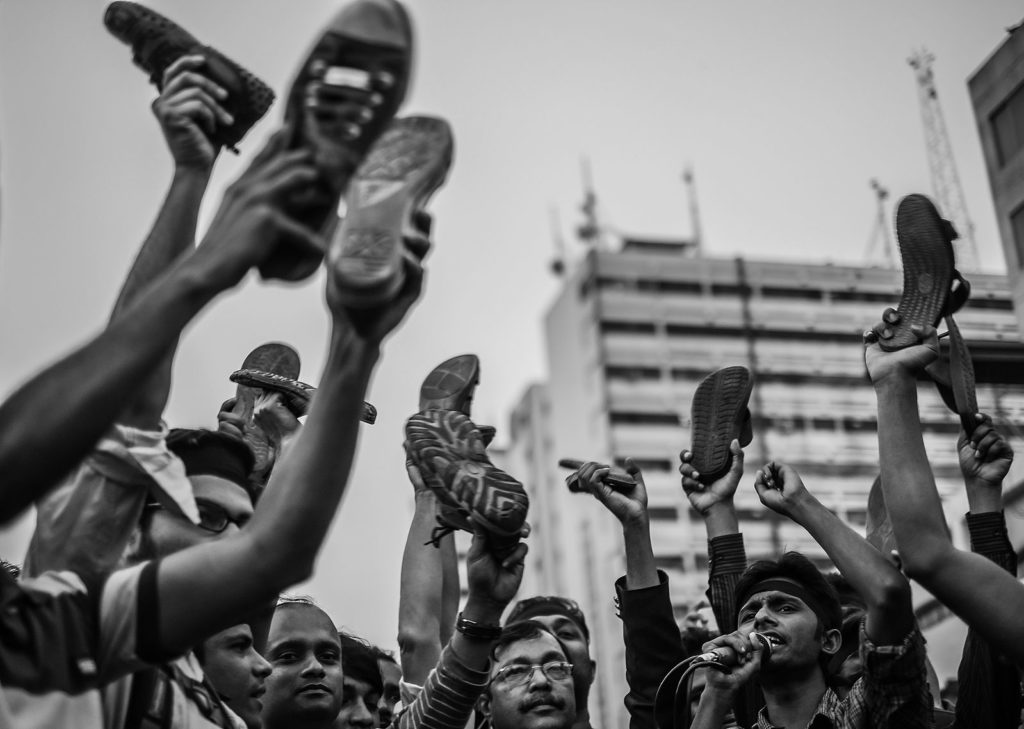
In a neighborhood of Dhaka that contained a majority Hindu population, 7,000 were killed in one night; another 3,000 were arrested. Another section of the city was set ablaze with flamethrowers while the Pakistani military shot at people with machines guns when they tried to escape.
A journalist with the Sunday Times reported, “I saw Hindus, hunted from village to village and door to door, shot off-hand after a cursory ‘short-arm inspection’ showed they were uncircumcised. I have heard the screams of men bludgeoned to death in the compound of the Circuit House (civil administrative headquarters) in Comilla. I have seen truckloads of other human targets and those who had the humanity to try to help them hauled off ‘for disposal’ under the cover of darkness and curfew.”
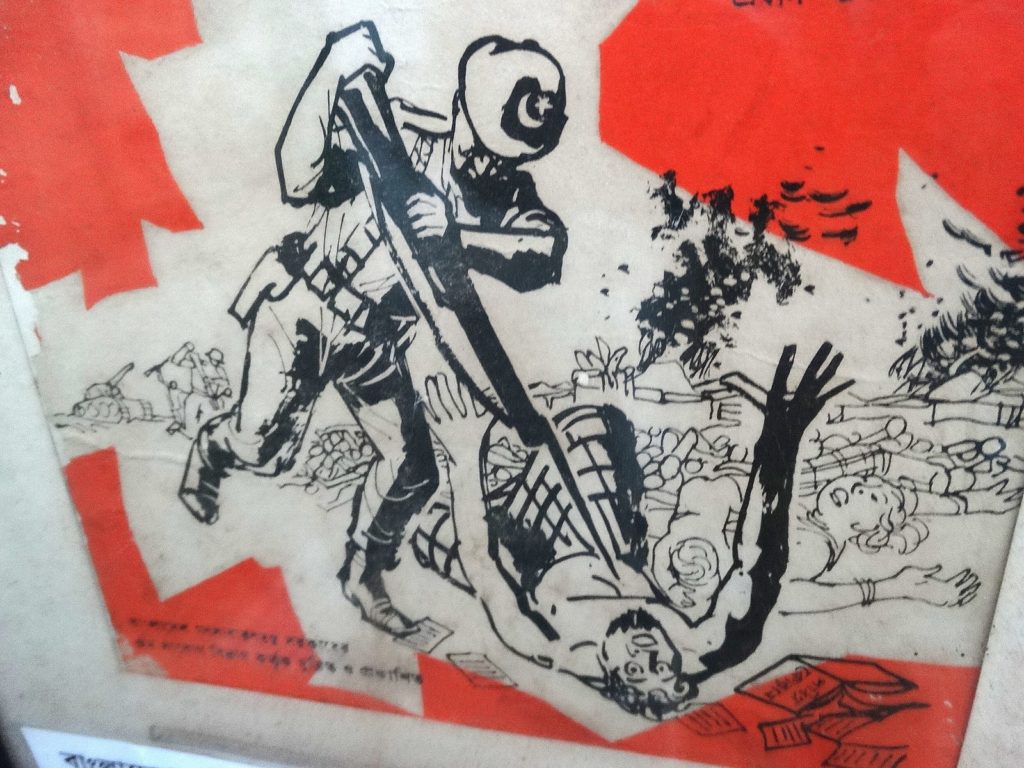
Muslim religious authorities in Pakistan issued a fatwa stating that the Hindi women in East Pakistan could be considered “booty of war.” The widespread use of rape became condoned and promoted throughout the fighting in East Pakistan. Medical organizations arriving on the scene of the crisis reported that West Pakistani troops raped as many as 400,000 East Pakistani women. The soldiers frequently raped then killed Hindi women. Muslim women in East Pakistan were raped but not killed so they could produce “pure Muslim” children. The Pakistani Army set up rape camps that housed women as young as eight years old.
India Intervenes
The fighting escalated throughout the spring months and into the summer. East Pakistani refugees fled across the border to India. By May, 1.5 million refugees had fled West Pakistan to India. In November, that number had grown to 10 million.
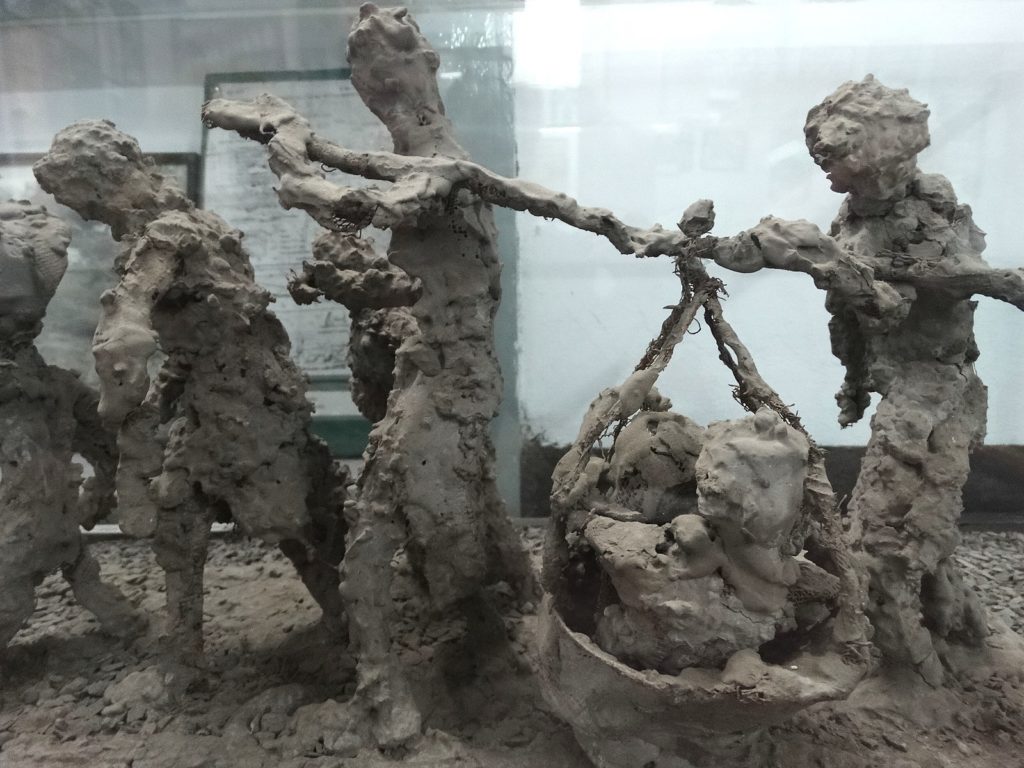
The refugee crisis prompted an Indian strike against West Pakistan. The Indians offered violence and atrocities unfolding in East Pakistan as a geopolitical and moral justification for their assault on West Pakistan.
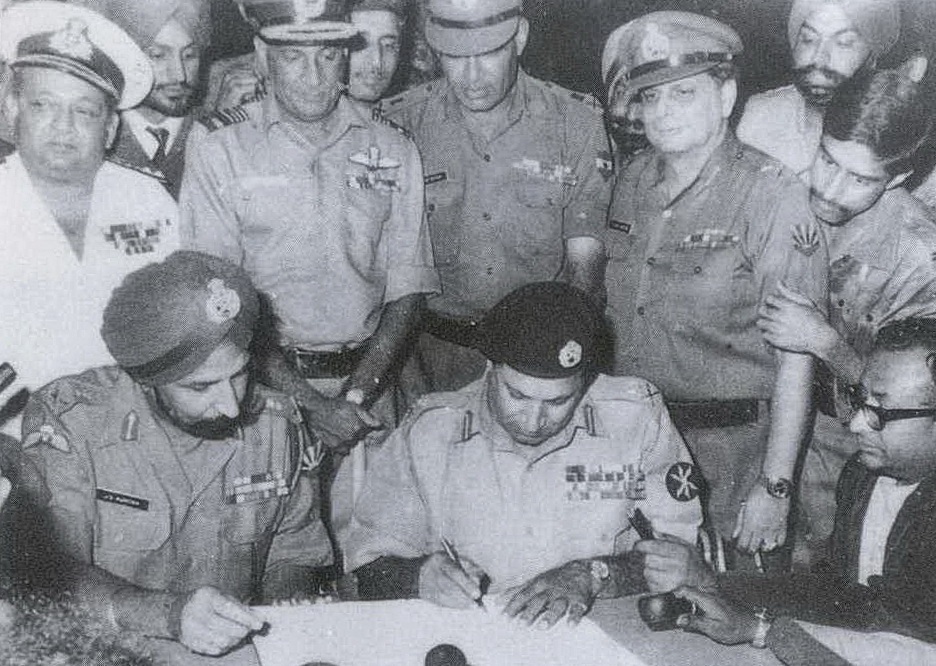
The Indian army dealt a quick and humbling defeat to the Pakistani military in December 1971, ending the war and altering the landscape of South Asia.
Today Bangladesh marks the end of the war as the country’s independence from Pakistan.
Pakistan viewed the defeat as the date when Pakistan was dismembered. The humiliating military defeat of 1971 triggered the Pakistani drive to secure nuclear weapons, ultimately fulfilled in 1998.
